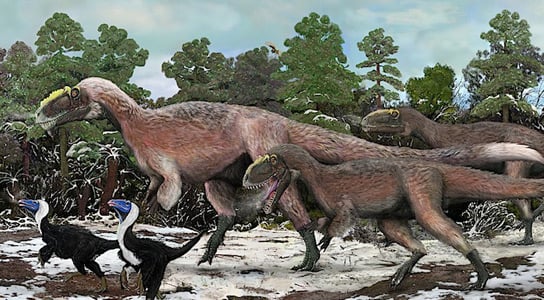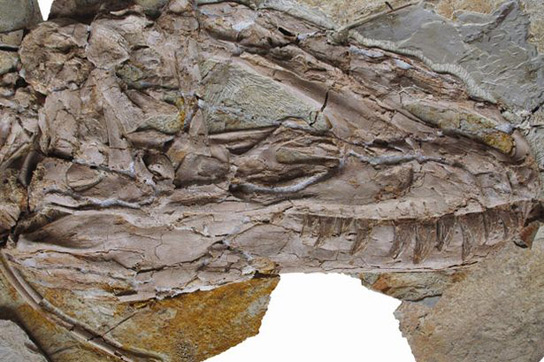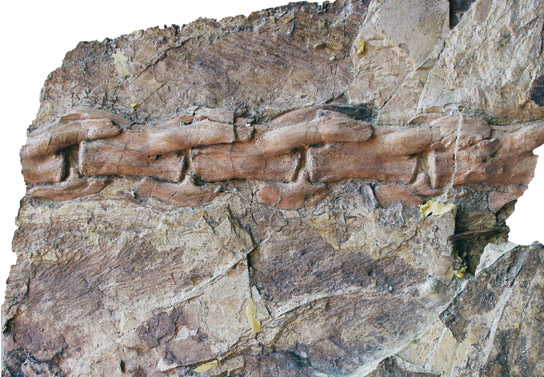
A newly discovered ancestor of Tyrannosaurus rex was discovered recently in China. Yutyrannus huali was covered in feathers, was 30 feet (9 meters) long, and weighed 3,000 pounds (1,400 kilograms). Y. huali isn’t as large as T. rex, which appeared 6 million years later, but it’s the largest feathered tyrannosaur that’s ever been discovered.
Paleontologists think that this provides direct evidence of the presence of extensively feathered gigantic dinosaurs. The findings were published in the journal Nature.

The scientific name, a mix between Latin and Mandarin, translates into beautiful feathered tyrant. Y. huali was discovered in the Yixian Formation, a large fossil deposit in northeastern China, that has yielded dozens of dinosaur skeletons over the last 20 years.
Earlier feathered members of the tyrannosaur family were somewhat small. If the feathers were needed for insulation, larger tyrannosaurs might not have needed them, thanks to a small surface-to-volume body ratios. Microraptor used feathers as sexual displays to attract prospective mates.

While this remains possible in the case of Y. huali, there isn’t enough evidence to support this assertion. Y. huali lived during the middle part of the Early Cretaceous, 125 million years ago. During this period, temperatures worldwide were cooler than when T. rex lived, in the Late Cretaceous.
It’s possible that T. rex went into the Arctic Circle and could have easily benefited from this kind of plumage for insulation. Y. huali could have used these protofeathers as a way to keep its nest eggs warm. Researchers might examine melanosomes, the tiny pigment-containing structures, which are still preserved in the feathers, in order to get a sense of what Y. huali looked like.